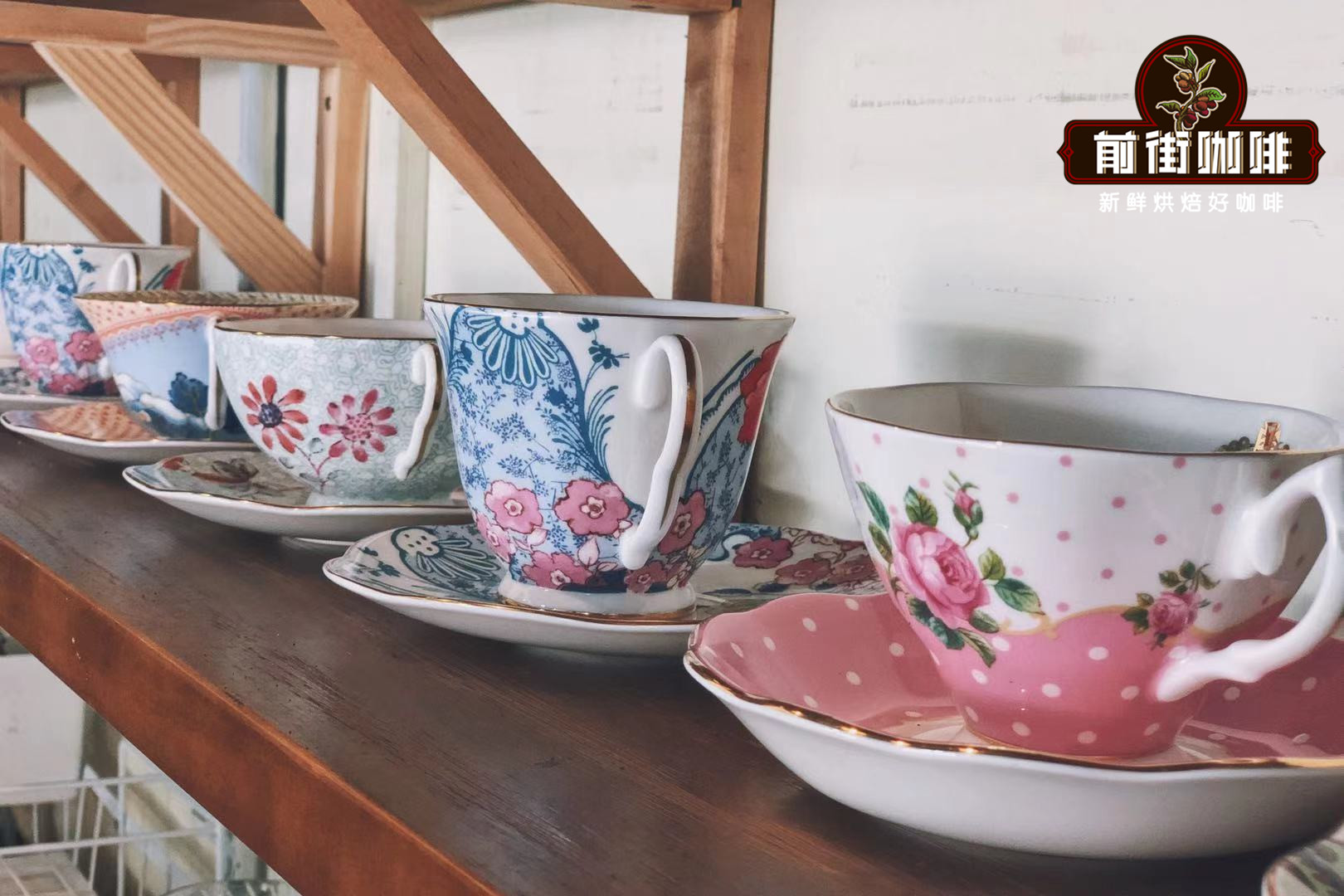Description of graded Flavor of Guatemalan Coffee Variety introduction of Regional treatment method for Manor production
Description of graded Flavor of Guatemalan Coffee Variety introduction of Regional treatment method for Manor production
The so-called cup evaluation test is to evaluate the aroma and taste of raw coffee beans by soaking them in hot water (about 90 degrees) after baking. It is mainly divided into six grades: Strictly Soft extremely mild, Soft mild, Softish slightly mild, Hard difficult, Rio light iodine taste, Rioy strong iodine flavor. The first three grades can be called mild, with a balanced sweet and sour coffee and a mild taste. The latter three taste slightly worse, especially the latter two are the worst. The reason for the iodine smell is that the soil near Rio de Janeiro has a strong iodine smell, and the coffee is dropped on the ground during harvest and is contaminated with the peculiar smell of the adsorbed soil.
The above three are the popular coffee grading methods, but not all of them. For example, Ethiopia will take the handling of raw coffee beans as one of the grading criteria. In addition, there is a more and more widely used COE rating system. As coffee producing countries pay more and more attention to coffee quality and the enthusiasm of producers, the classification of raw coffee beans is not limited to the above three main ways. Only with more careful planting can we produce higher quality coffee and get a high rating in the grade evaluation, so the subdivision and strict control of coffee rating is undoubtedly a good thing for the improvement of coffee quality. Defective beans are an important factor that destroys the flavor of the final coffee. Therefore, defective beans should also be removed in the last step of raw bean processing. Therefore, according to the proportion of defective beans, supplemented by the size of the screen is also used as a way of classification. Due to the rise of boutique coffee, coffee producing countries pay more and more attention to the quality of coffee, and the control of defective beans is the most important way, so basically using the proportion of defective beans as a grading method or auxiliary basis is becoming more and more common.
At present, the main representative countries that use defective bean proportion method are Jamaica, Brazil, Ethiopia and so on. Jamaica is based on the production area, altitude, screen, defective bean proportion comprehensive as the rating standard, defective bean proportion as an important basis. Jamaica strictly controls the proportion of defective beans, and the proportion of defective beans in all grades is no more than 4%.
Brazil is another special country. Brazil is the largest coffee producing country in the world. Because of its large output and many producing areas, the classification work is quite troublesome, and it is not suitable to adopt a single classification standard, so Brazil also uses a variety of classification methods at the same time. Defective bean proportion, sieve and cup evaluation tests are all used in the grading process of Brazilian coffee beans. Needless to say about the first two, the cup evaluation test is one of the characteristics of Brazilian coffee grading.

Important Notice :
前街咖啡 FrontStreet Coffee has moved to new addredd:
FrontStreet Coffee Address: 315,Donghua East Road,GuangZhou
Tel:020 38364473
- Prev

Flavor description of Tarazhu Coffee Bean in Costa Rica
Costa Rican Tarazu Coffee Bean Flavor description the taste of the manor region introduces that the coffee trees planted in Costa Rica are all Arabica coffee trees, and the quality of coffee beans is better and more stable through improvement; in order to facilitate picking, coffee trees are maintained at a height of about 2 meters by continuous pruning; the coffee that people eat is the flavor released by the seeds in the fruit being soaked in water. Pick raw coffee
- Next

Brief introduction of Panamanian Flower Butterfly Coffee beans Taste characteristics Panamanian Coffee Manor Origin treatment Story
Panamanian Flower Butterfly Coffee beans, like the famous Emerald Manor Rose Summer, are beans from Pokuit, and contain 40% to 70% Rose Summer, with a very authentic Panamanian Rose Summer flavor. The most important thing is that the price is very close to the people. Flavor: floral fragrance, bergamot, berry, Nanyang fruit, honey, cherry
Related
- Detailed explanation of Jadeite planting Land in Panamanian Jadeite Manor introduction to the grading system of Jadeite competitive bidding, Red bid, Green bid and Rose Summer
- Story of Coffee planting in Brenka region of Costa Rica Stonehenge Manor anaerobic heavy honey treatment of flavor mouth
- What's on the barrel of Blue Mountain Coffee beans?
- Can American coffee also pull flowers? How to use hot American style to pull out a good-looking pattern?
- Can you make a cold extract with coffee beans? What is the right proportion for cold-extracted coffee formula?
- Indonesian PWN Gold Mandrine Coffee Origin Features Flavor How to Chong? Mandolin coffee is American.
- A brief introduction to the flavor characteristics of Brazilian yellow bourbon coffee beans
- What is the effect of different water quality on the flavor of cold-extracted coffee? What kind of water is best for brewing coffee?
- Why do you think of Rose Summer whenever you mention Panamanian coffee?
- Introduction to the characteristics of authentic blue mountain coffee bean producing areas? What is the CIB Coffee Authority in Jamaica?

